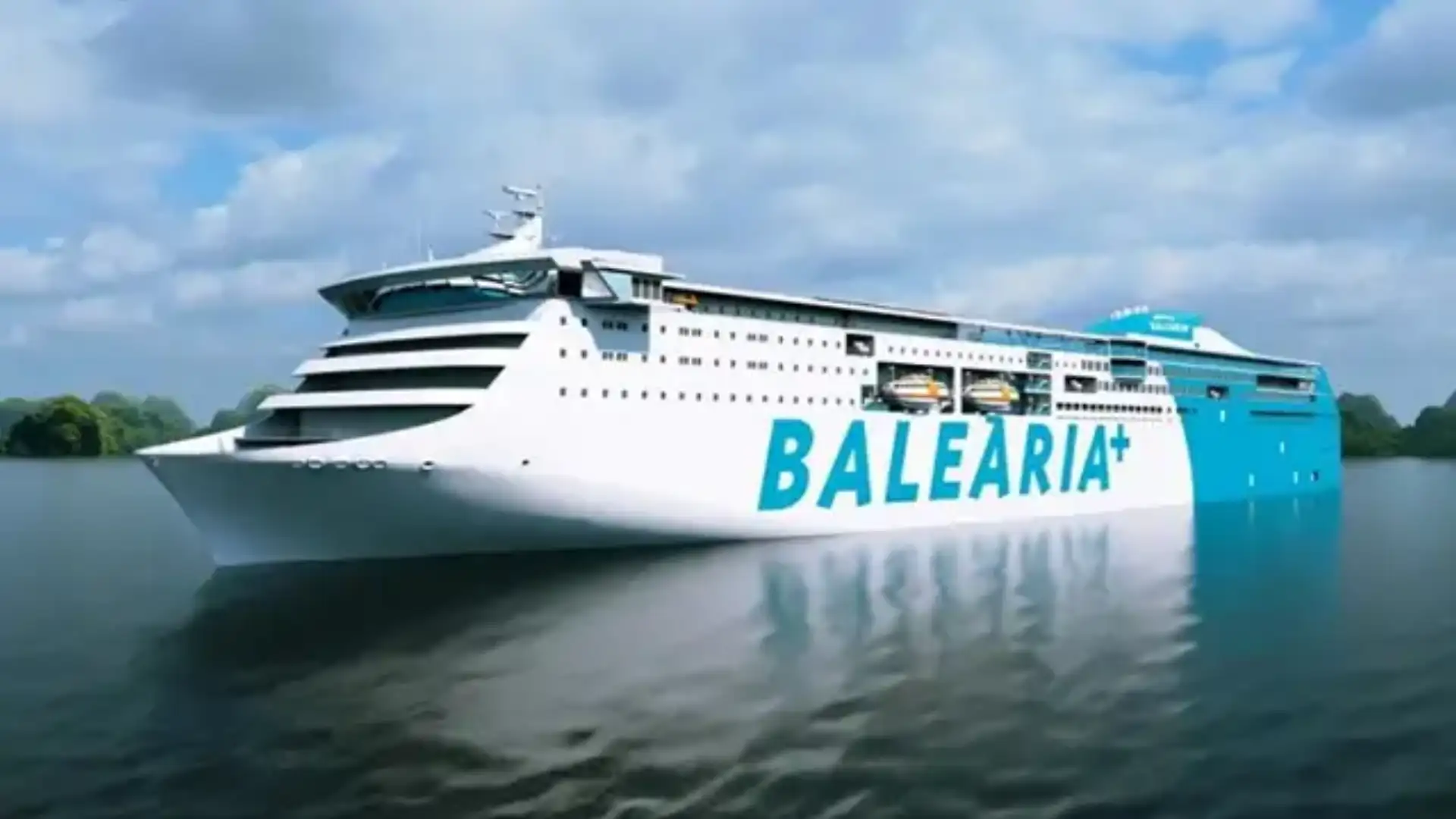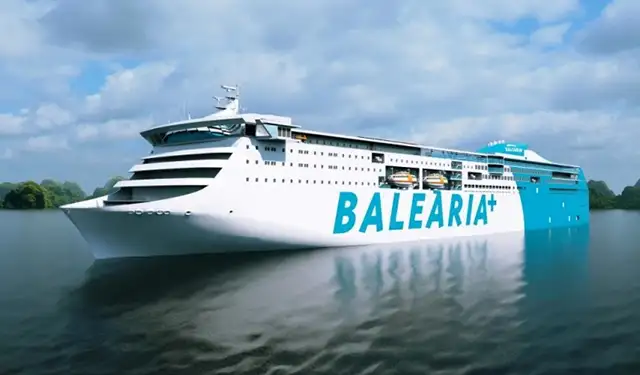
The global fleet of LNG-powered vessels reaches 200 units
The global fleet of LNG-powered vessels reaches 200 units

The introduction of liquefied natural gas as fuel in this sector is expected to be enhanced when supply infrastructure is operational, especially on the main route between the East and Europe
The fleet in service and in portfolio of ships powered by liquefied natural gas (LNG) reached last March 20 the figure of 200 units, thanks to the commission, by the Sovcomprest shipping of 4 African tankers of 114,000 tpm in the Korean yards of Hyundai, according to a report from the specialized publication LNG World Shipping. Not including methaners, it is already 103 in service and 97 in LNG-powered portfolio. This represents a total annual growth of 23% in the number of units since, 12 months ago, the same publication identified 74 vessels in service and 88 in portfolio.
In its report, LNG World Shipping classifies the fleet of LNG-powered vessels into 4 categories: passenger ships, tank and bulk vessels, container carriers, and service and supply ships. Passenger ships account for 72% of the total fleet in units. There are currently 40 vessels in service, compared to 30 last year, and 32 in portfolio (23 a year ago). This 36% increase over the previous year is mainly due to the interest shown by cruise and large ferry operators, including the Spanish shipping company Baleària, with 3 LNG ferries in portfolio.
The most dynamic sector of the last 12 months has been that of tank and bulk vessels, thanks to the delivery of 8 new ships for different shipowners. It includes a series of 4 product tankers, the first with two-stroke, low-pressure dual-fuel and 4-etaners, with high-pressure gas injection engines, specific to this type of ship. All these new ships stand out for their slow engine systems. The order portfolio in this segment has grown very significantly, from 6 to 19 vessels. The new construction contracts include the above-mentioned 4 Aframax oil tankers, 6 16 300 TPM oil tankers and 4 8,000 TPM oil tankers, commissioned by a Swedish group. The container segment is the smallest and has been further reduced in the last year. The order portfolio has fallen to 14 ships, as a result of the absence of new orders, 3 deliveries and 4 contracts cancelled or processed to "LNG-prepared vessels." Despite this parenthesis, the segment of container ships to LNG is expected to grow in the coming years, as demonstrated by the current UASC shipbuilding programme, with 17 new ships prepared for LNG (6 of 18,800 TEU and 11 of 15,000 TEU). CMA CGM also intends to use LNG engines in its new megabuques.
© 2024 Nautica Digital Europe - www.nauticadigital.eu











